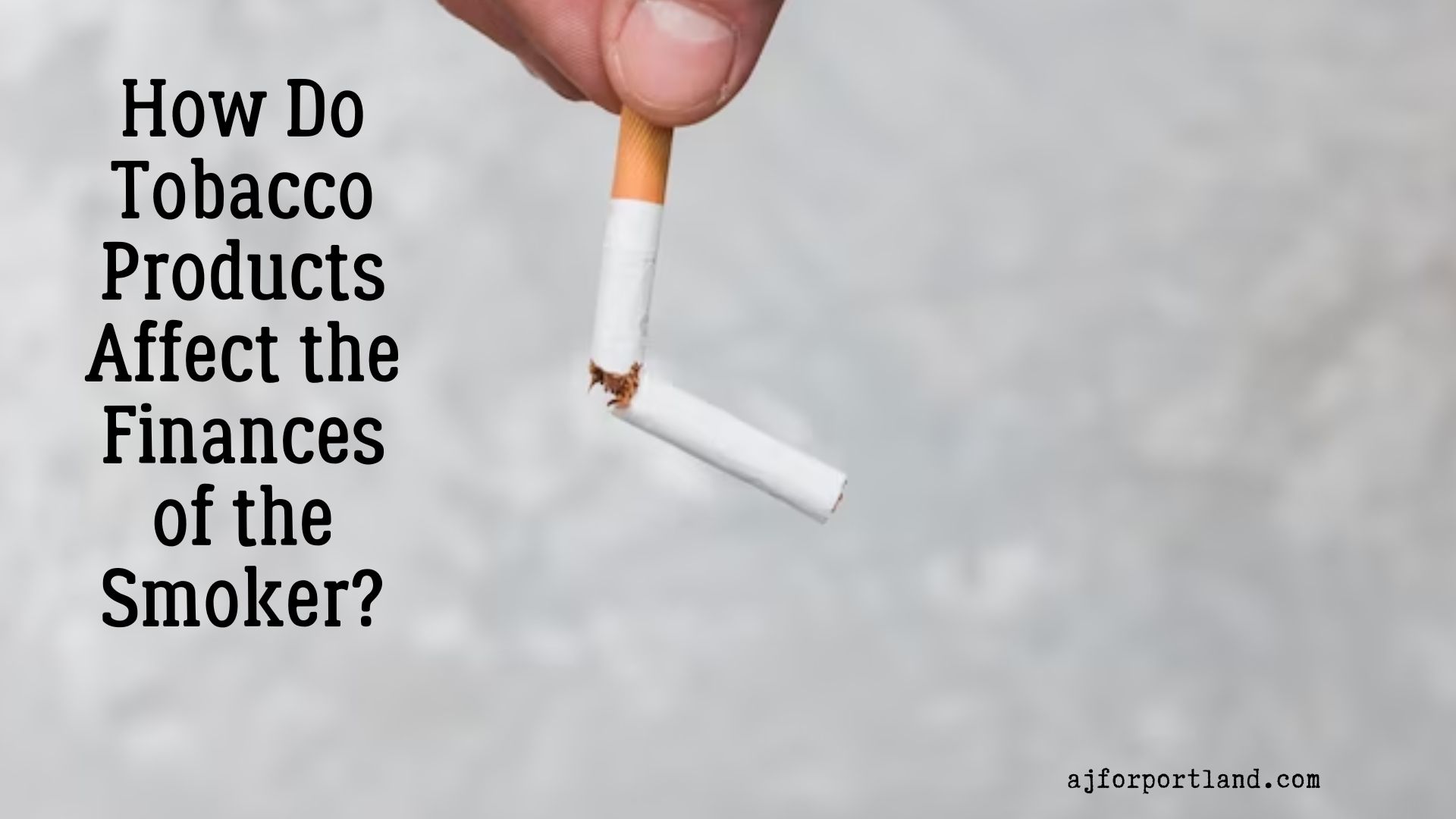Every day, countless individuals light up a cigarette, perhaps without fully grasping the financial repercussions that follow this habit. In this piece, we peel back the layers to uncover the significant financial drain tobacco products can cause, extending well beyond the price tag on a pack of cigarettes.
To truly gauge the financial setback caused by tobacco use, we must cast a wide net, encompassing the immediate outlay of cash and the gradual drain on personal finances. The trickle-down effect of this habit can potentially lead to a torrent of economic strain, affecting not only personal but also societal finances.
Cost of Buying Tobacco Products
At first glance, spending a few dollars on a cigarette pack might seem inconsequential. However, these seemingly small amounts can accumulate to a sizable sum. With the average smoker buying numerous packs each week, the annual expenditure is substantial, easily amounting to thousands of dollars in a year.
It’s not just the direct cost of purchasing tobacco products that eats into a smoker’s finances. The accessories, like lighters and ashtrays, along with potential incremental insurance premiums, add layers to the financial burden. As the days turn into months and years, these frequent purchases create a financial chasm that’s hard to bridge, leaving smokers with a lighter wallet and unmet financial goals.
This setup gives your readers a well-rounded view of the immediate and potential long-term financial implications of using tobacco products. It hooks them with an engaging introduction and delves right into the core issue at hand. Would you like to continue with this?
Health-related Expenses
Tobacco usage, over time, can significantly impair one’s health, necessitating frequent medical visits and treatments. These mounting medical bills can put a serious dent in a smoker’s finances, with the potential of leading to a cycle of debt that’s hard to escape.
Additionally, smokers often face higher health insurance premiums, further escalating their annual expenditures. These steep premiums are a harsh reality for many, making the financial toll of smoking a burden hard to shoulder in the long run.
Lost Opportunities
The repercussions of smoking extend into the professional sphere as well. Smokers might encounter hindered career prospects due to decreased productivity and increased sick leaves, ultimately affecting their earning potential and job advancement prospects.
Furthermore, the significant amount of money funneled into sustaining a smoking habit could have been channelled into investments or savings. This lost opportunity for financial growth means sacrificing potential wealth accumulation, a vital aspect often overlooked by many.
Societal and Environmental Costs
Beyond the personal sphere, the societal costs are considerable too. The environmental cleanup and maintenance necessitated by tobacco product waste not only strain public resources but also add to the cumulative costs attributed to tobacco usage.
Moreover, the healthcare system experiences significant strain catering to smoking-related ailments. This added pressure not only consumes vast resources but potentially elevates healthcare costs for the society at large, manifesting as a hidden tax that all citizens bear.
Key Takeaways
Immediate Costs
- Purchase of Products: The annual cost of buying packs of cigarettes, cigars, and other tobacco products can range between $2000 and $5000.
- Accessories: Smokers often spend on accessories such as lighters and ashtrays, amounting to an estimated annual cost of $100 to $200.
Health-related Expenses
- Medical Bills: Regular smoking can lead to frequent doctor visits, medications, and treatments which might cost anywhere between $1000 and $5000 annually.
- Insurance Premiums: Smokers are often subjected to higher health insurance premiums which can escalate annual expenditures by $300 to $1200.
Lost Opportunities
- Career: Smoking might hinder career prospects due to decreased productivity and increased sick leaves, potentially affecting annual earnings and career advancements by $2000 to $5000.
- Investments and Savings: The substantial amount directed towards sustaining a smoking habit could have been invested or saved, accounting for a lost financial growth opportunity of $1000 to $3000 annually.
Societal and Environmental Costs
- Cleanup and Maintenance: The societal cost for cleanup and maintenance due to tobacco product waste often translates to taxes and community charges amounting to $50 to $200 per person annually.
- Healthcare System Strain: The strain on the healthcare system to cater to smoking-related ailments potentially elevates the annual healthcare costs for society at large, ranging from $500 to $2000 per person.
Total Annual Cost
Taking all these factors into account, a smoker might face a cumulative financial strain ranging from $7650 to $21200 annually.
Conclusion
As we draw to a close, it is evident that the financial repercussions of smoking extend far beyond the initial outlay. The cascading effects permeate through various facets of personal and societal economics, creating a financial strain that’s hard to ignore.
To safeguard both personal wealth and societal resources, it is imperative to reconsider the financial implications of tobacco use. We urge readers to take a moment to reflect on the economic realities highlighted here, and possibly take a step towards a financially healthier future.
This layout maintains a concise yet comprehensive view of the financial impacts of smoking, offering readers a holistic view on the topic. Let me know if there’s anything more you’d like to add or modify.


